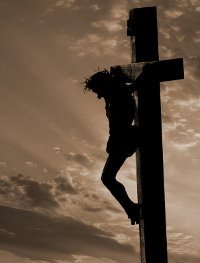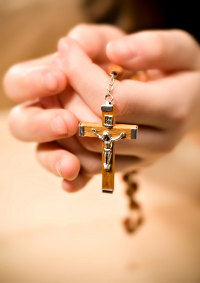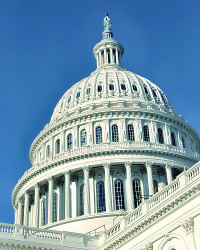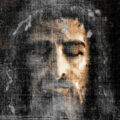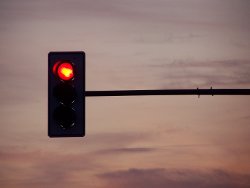
The Catholic Church has too many rules. At least, that is what some people would have you believe.
If I may be so bold, let me ask what your position is on maintaining physical health? Is it something that concerns you? Of course – eat right, exercise, get sufficient sleep, don’t smoke, drink alcohol only in moderation, avoid fats, watch your cholesterol, brush your teeth, floss, don’t chew on ice, get annual physicals, follow doctors orders.
That sure looks like a lot of rules to me. How about if I just want to be healthy but determine my own rules? Instead of the above rules I will not sit in brown chairs (unless sometimes I want to do that). I will listen to the doctor when I am sick. I will get a physical whenever I buy life insurance. Yea, other than these rules which I have determined on my own, I can do whatever else I want and fully expect to remain in good health. This makes a lot of sense, right?
You may wish to drive a car. Be certain to buy a safe car, change its oil as recommended, put gas in it when it is low, have it inspected regularly, replace worn break pads, replace bulbs as necessary, check tire wear, turn into a skid, have a driver’s license, follow the numerous traffic laws.
Too many rules. I am sure I will be happy and safe with any car. When it stops moving I will look into it. I will drive as I please unless I see a cop. I will be as happy and safe as everyone else, right?
You get the idea.
When rules are applied to things like our health, vehicles and many other areas of daily life, we know that they are for our own good. We believe the rules are determined by those who are better informed and more knowledgeable than us. This is not a matter of restricting our rights, arbitrarily bulling us around or interfering with our personal prerogative.
Why then are rules bad for our immortal welfare? Why should we be free of rules when much more than earthly concerns are at risk? Why do we think our individual intellect might somehow be more foolproof than the word of God, interpreted by experts, guided by the Holy Spirit over a period of 2,000 years? Really, just because?
So what kinds of rules are we talking about? Fear the Lord. Love each other. Go to church. Sex is not a recreational sport. Marry for life. Do not sin. If you slip, repent and seek absolution. Killing another person is wrong, even if that person is defenseless.
Yes, that is an incomplete list but so are the above health and driving rules. Rules make it easier for us. They guide us so that we may avoid the negative consequences of other paths. If Catholic rules were put into a book, it would be very, very thin and entitled “Christian Rules for Dummies!!!” It is not rocket science, but might not always be what we want. Consider once again whose will we profess to follow.
The fact is, what few rules Catholics have are a blessing and not a curse. They make Christian life easier and bring clarity. We may ignore any or all of them without fear of detection. Catholics do not have brain implants that alert the Catholic police when we are in violation! We happily follow the rules for our own good. We are not brainwashed, but understand the teachings of our faith and are thankful for straightforward, sure direction.

